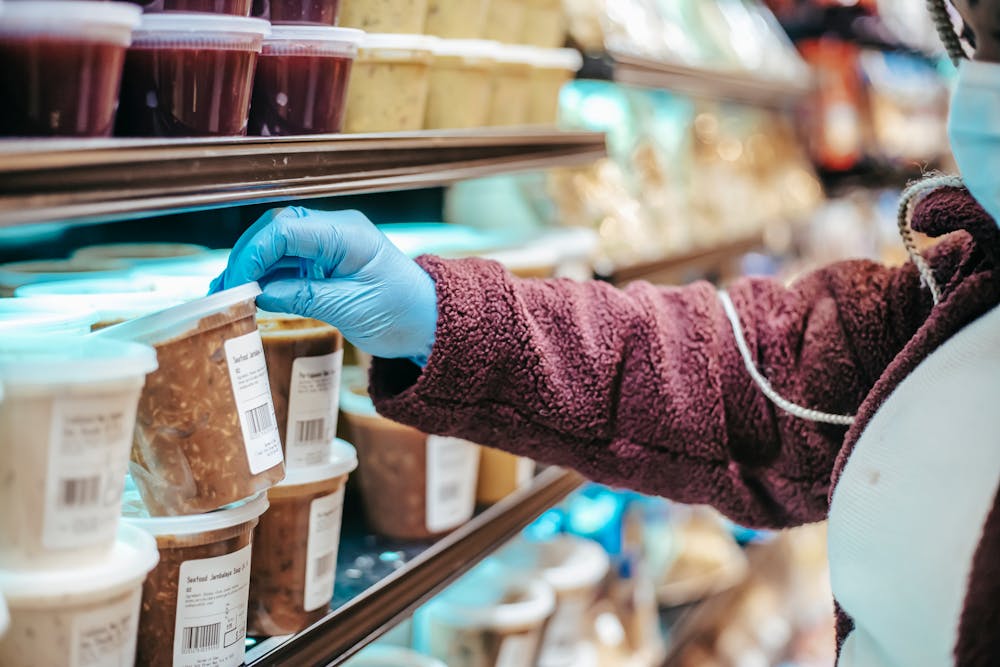Navigating life with a nut allergy can be challenging, but over time, I’ve learned valuable strategies for staying safe and managing my allergy effectively. Cracking the nut allergy puzzle involves understanding safe alternatives and mastering the art of reading food labels. Here’s what I’ve discovered along the way:
 **1. Know Your Triggers:**
**1. Know Your Triggers:**
First and foremost, it’s crucial to identify which nuts you’re allergic to and understand the severity of your allergy. Some individuals may be allergic to one type of nut, while others may have reactions to multiple varieties. Knowing your triggers allows you to avoid them and minimize the risk of exposure.
 **2. Explore Safe Alternatives:**
**2. Explore Safe Alternatives:**
Living with a nut allergy doesn’t mean sacrificing flavor and nutrition. There are plenty of safe alternatives to nuts that can be incorporated into your diet. Sunflower seeds, pumpkin seeds, roasted chickpeas, and soy nuts are excellent options for adding crunch and protein to meals and snacks without the risk of triggering an allergic reaction.
 **3. Read Labels Diligently:**
**3. Read Labels Diligently:**
Learning to decipher food labels is a crucial skill for anyone with a nut allergy. Always read ingredient lists carefully, even for products you’ve purchased before, as formulations may change. Look out for common nut-derived ingredients such as almond flour, walnut oil, or cashew butter, and be wary of potential cross-contamination warnings.
 **4. Be Cautious of Hidden Sources:**
**4. Be Cautious of Hidden Sources:**
Nuts can lurk in unexpected places, so it’s essential to be vigilant when dining out or purchasing packaged foods. Be aware of dishes and products that may contain nuts or nut-derived ingredients, such as baked goods, sauces, salad dressings, and Asian cuisine. When in doubt, ask about ingredient details or opt for nut-free alternatives.
 **5. Communicate Effectively:**
**5. Communicate Effectively:**
Communication is key when it comes to managing a nut allergy, especially in social settings and restaurants. Don’t hesitate to inform friends, family members, and food service staff about your allergy and the importance of avoiding cross-contamination. Clear and open communication can help prevent accidental exposure and ensure your safety.
 **6. Carry Emergency Medication:**
**6. Carry Emergency Medication:**
Despite taking precautions, allergic reactions can still occur unexpectedly. Always carry your prescribed epinephrine auto-injector (such as an EpiPen) with you at all times and know how to use it in case of an emergency. Prompt administration of epinephrine is crucial in treating severe allergic reactions known as anaphylaxis.
 **7. Educate Those Around You:**
**7. Educate Those Around You:**
Educating others about nut allergies and how to respond in an emergency can help create a supportive and safe environment. Take the time to educate family members, friends, teachers, coworkers, and caregivers about the signs and symptoms of an allergic reaction and the appropriate steps to take in an emergency situation.
 **8. Stay Informed and Empowered:**
**8. Stay Informed and Empowered:**
Living with a nut allergy requires ongoing vigilance and awareness. Stay informed about recent developments in food labeling laws, allergy research, and emergency treatment protocols. Empower yourself with knowledge and resources to effectively manage your allergy and advocate for your safety.
 In conclusion, cracking the nut allergy puzzle involves a combination of vigilance, education, and effective communication. By understanding safe alternatives, mastering label reading skills, and taking proactive measures to prevent exposure, individuals with nut allergies can navigate daily life with confidence and peace of mind. Remember, with proper precautions and awareness, living well with a nut allergy is entirely achievable.
In conclusion, cracking the nut allergy puzzle involves a combination of vigilance, education, and effective communication. By understanding safe alternatives, mastering label reading skills, and taking proactive measures to prevent exposure, individuals with nut allergies can navigate daily life with confidence and peace of mind. Remember, with proper precautions and awareness, living well with a nut allergy is entirely achievable.
